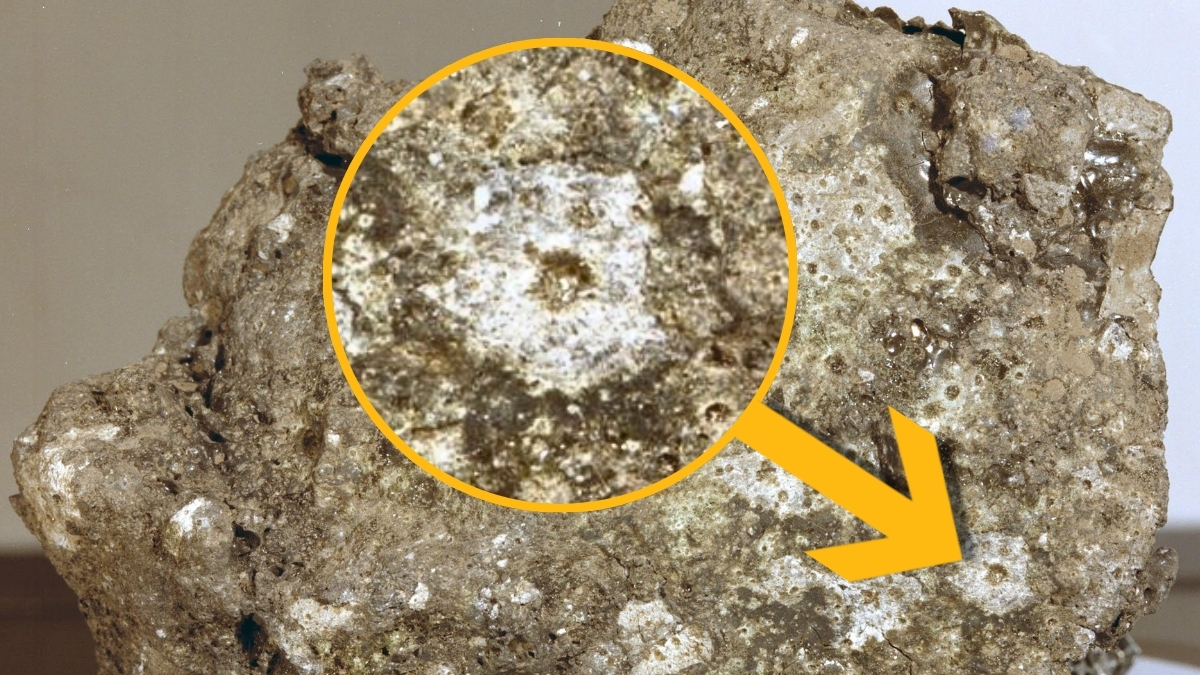
The Moon has no atmosphere, yet it faces an invisible bombardment more relentless than any terrestrial storm, a constant rain of micrometeoroids, tiny fragments of rock and metal traveling at speeds up to 70 kilometers per second.
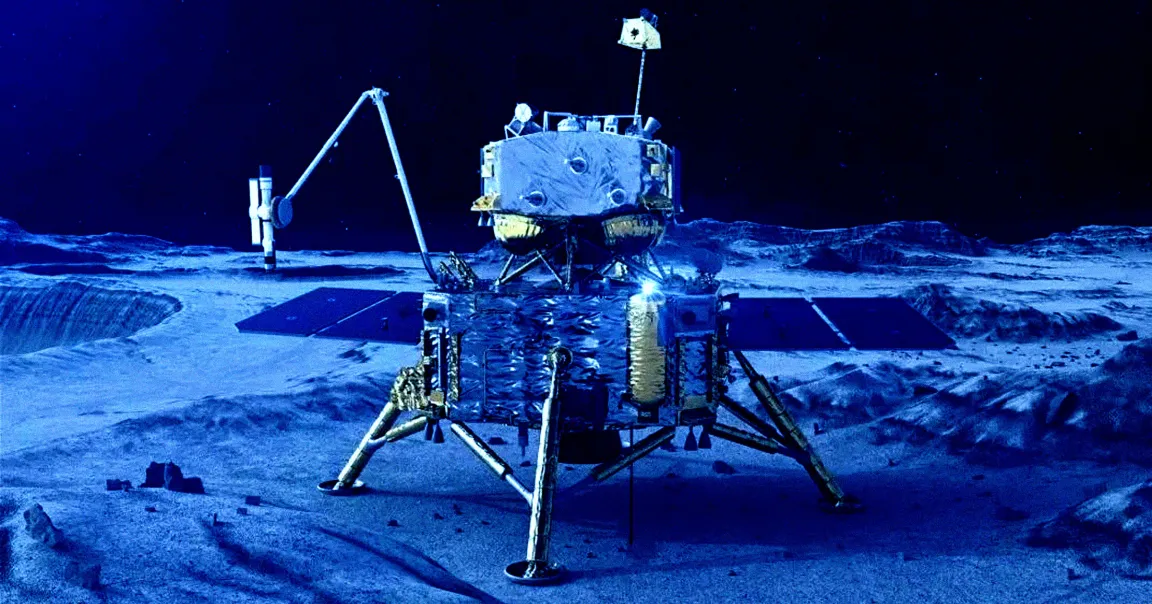
It’s the first time CI chondrite was observer on the Moon, suggesting that volatile-rich asteroids — which are very porous, with hydrated minerals making up to 20 percent of their mass — can make it all the way to the lunar surface.
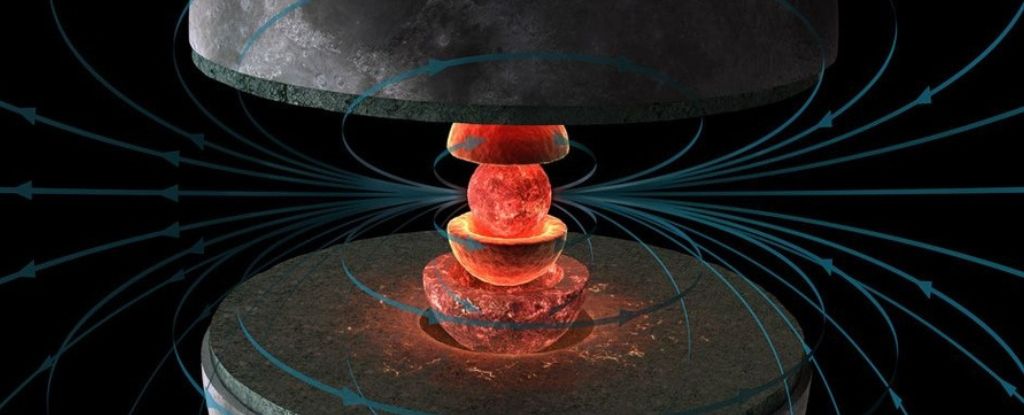
Unlike Earth, the Moon doesn't have much of a magnetic field – and yet, a strange pile of rocks on the far side seems mysteriously magnetized.
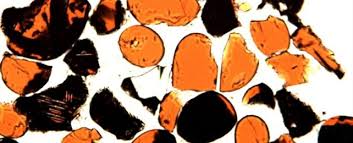
Scientists uncover secrets of lunar volcanic activity from ancient glass beads collected during Apollo missions, revealing the Moon's fiery history.
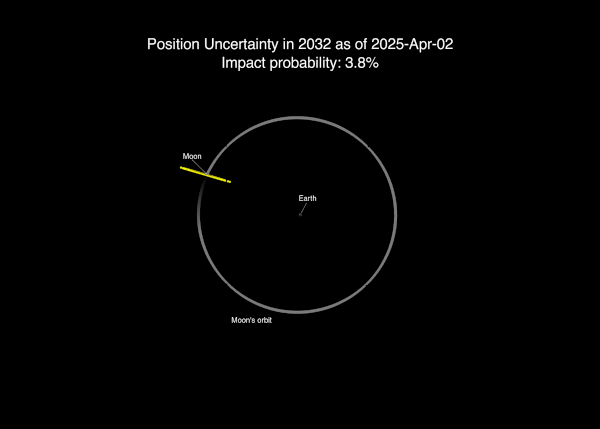
On April 2, 2025, NASA said that new data from the Webb space telescope and ground-based telescopes suggested a 3.8% chance of a moon strike.

To lay the foundations for a lunar navigation system, NASA's Lunar GNSS Receiver Experiment (LuGRE) has successfully received global positioning system (GPS) signals beamed from Earth's orbit.
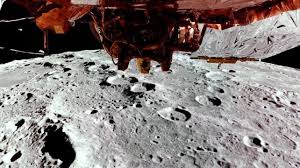
Firefly’s Blue Ghost lunar lander softly touched down in Mare Crisium carrying 10 NASA instruments.
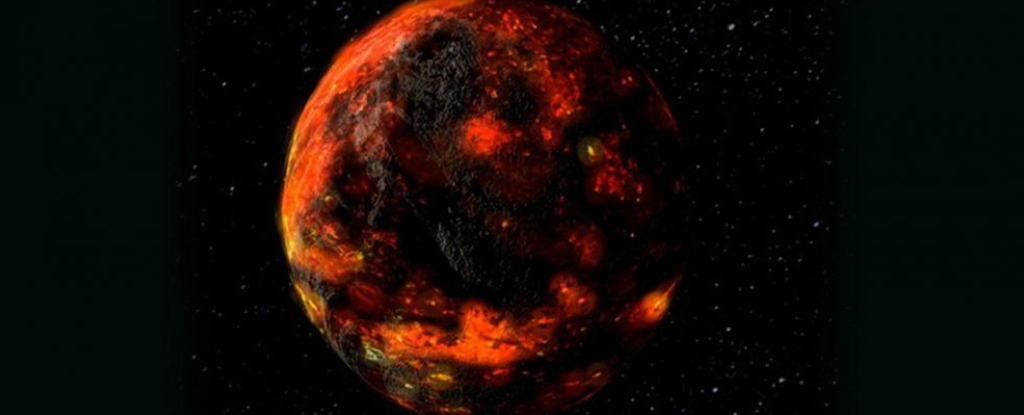
New measurements of rocks gathered during the Apollo missions now show it solidified some 4.43 billion years ago. It turns out that's about the time Earth became a habitable world.

New research shows that when an asteroid slammed into the moon billions of years ago, it carved out a pair of grand canyons on the lunar far side.
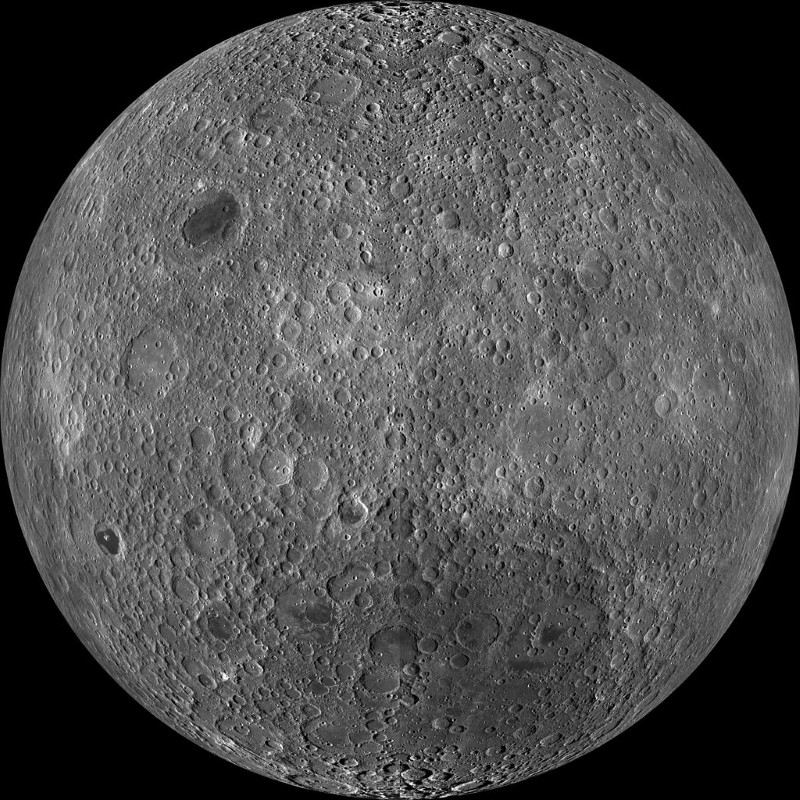
Recently scientists found 266 lunar ridges on the far side: evidence the Moon has been active within the past 200 million years and might still be active today.
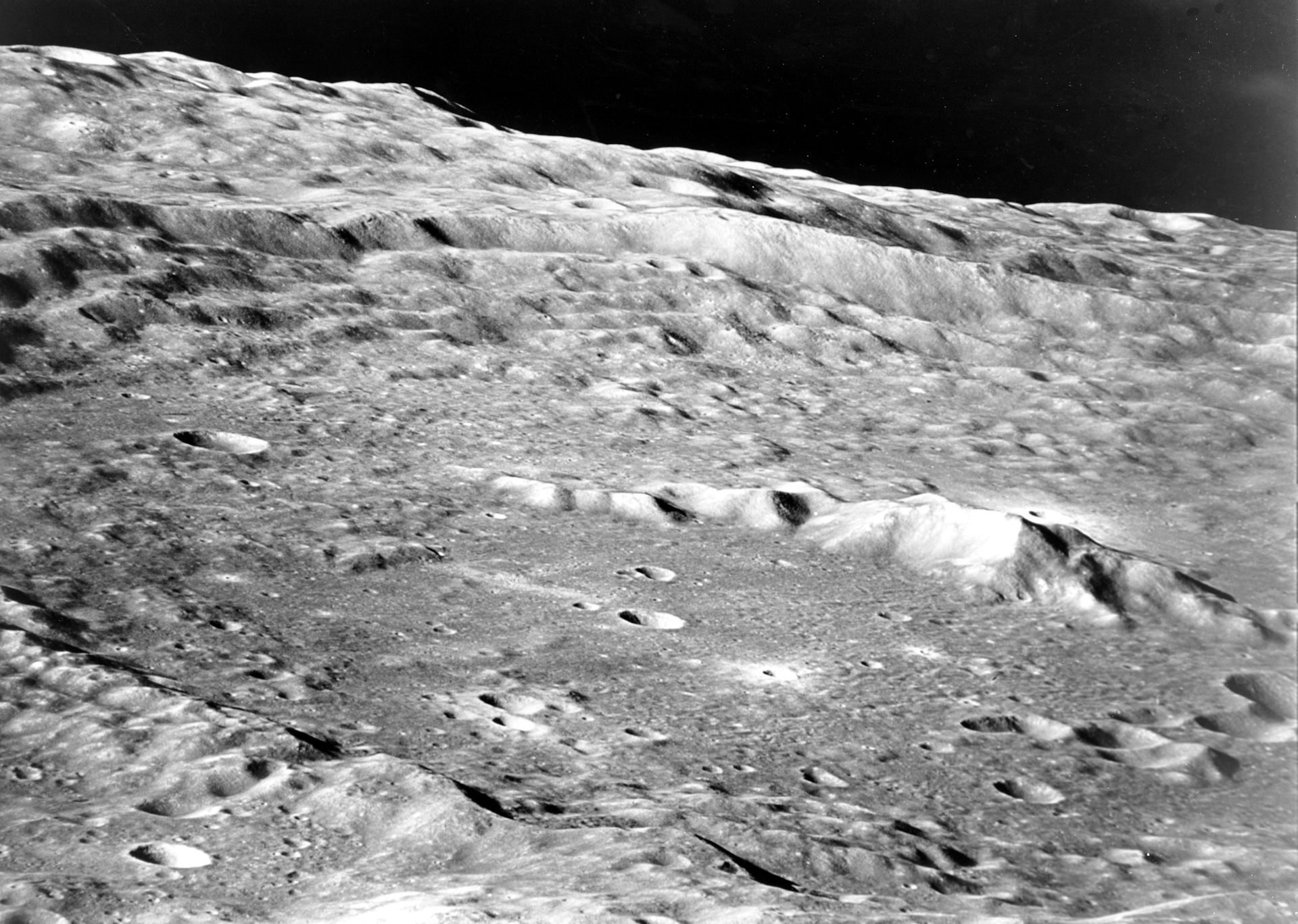
An extreme heating event may have interfered with scientists' attempts to figure out the Moon's age by dating lunar rock samples.
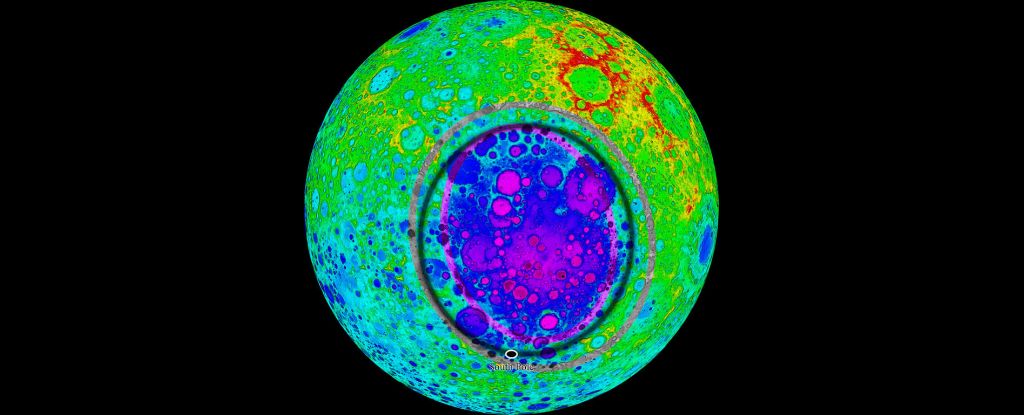
A new research suggests that the South Pole-Aitken basin may not have formed the way we thought, and may be much bigger than previous studies suggest – a discovery that has exciting implications for future lunar missions to the basin.
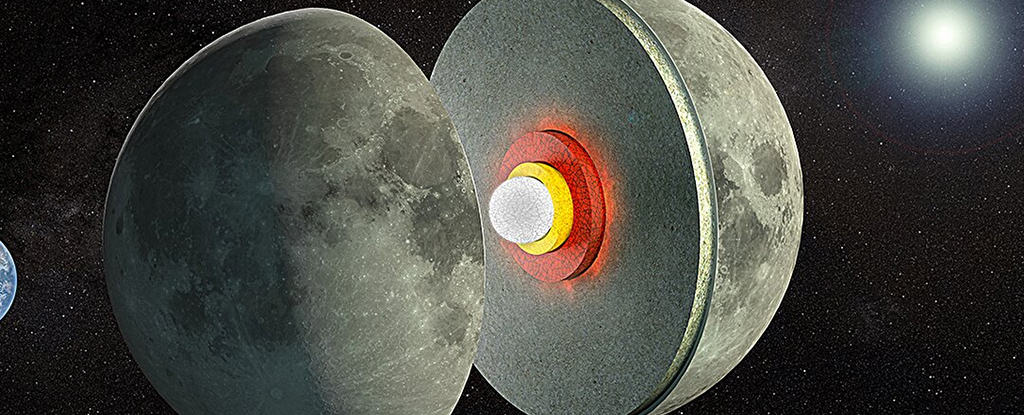
Researchers analyzed new data describing the Moon's rigidity under the gravitational influence of Earth and the Sun, finding its mass is unlikely to be solid all the way through.

This means that astronauts may not be tied to visiting the lunar south pole on future missions to acquire water. Instead, they may be able to find water everywhere on the Moon.
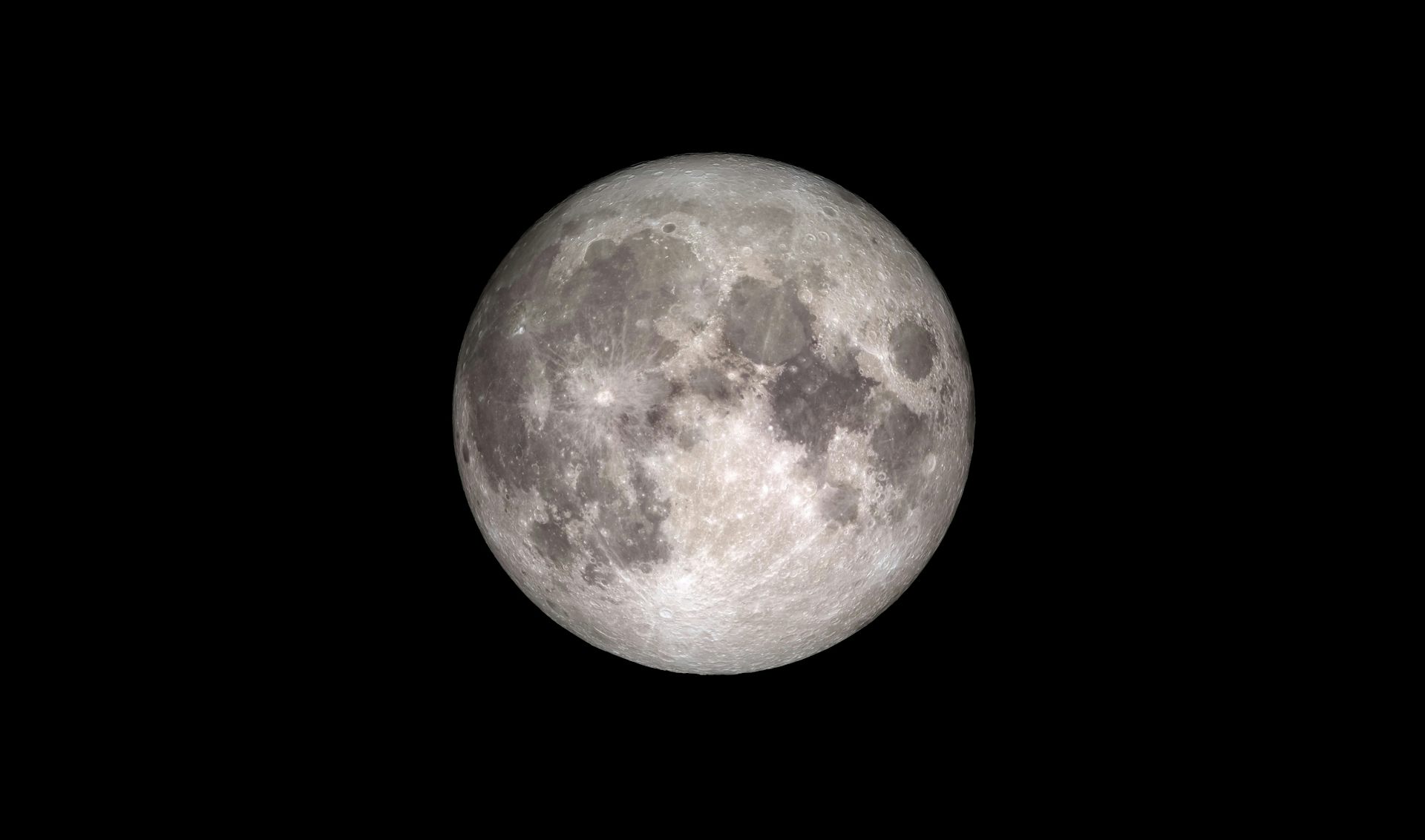
Volcanoes were erupting on the Moon as recently as 120 million years ago, evidence collected by a Chinese spacecraft suggests.